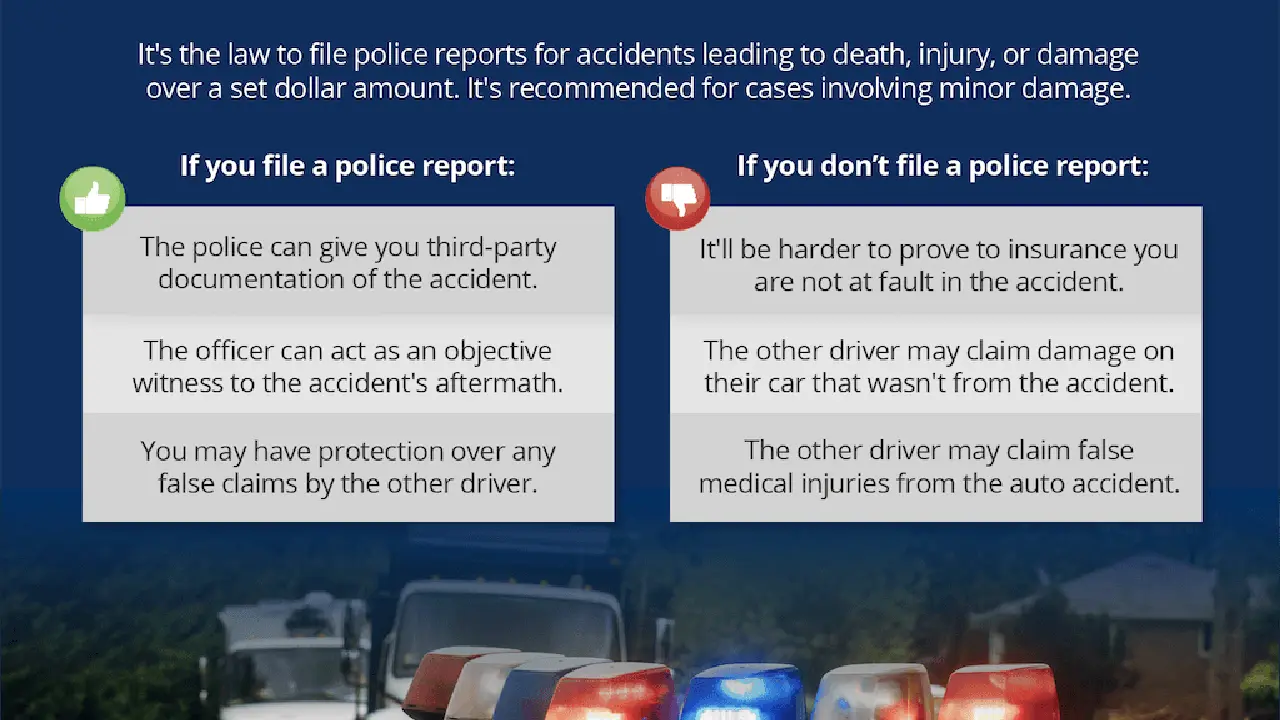Settling Your Case Before Trial: Avoiding the Courtroom

Understanding the Benefits of Pre-Trial Settlement Injury Claim
Okay, so you've been injured, you've filed a claim, and now you're thinking about what comes next. Honestly, nobody wants to go to court. It's stressful, time-consuming, and can be a real drain on your resources. That's where settling before trial comes in. It's basically like saying, "Hey, let's avoid all the courtroom drama and figure out a fair agreement now." What are the upsides? Well, for starters, you get closure sooner. Instead of waiting months (or even years!) for a trial date, you can resolve your case and move on with your life. Plus, settlements are often more predictable than trial outcomes. Juries are unpredictable! Settling gives you more control over the outcome. You know exactly what you're getting, and you can avoid the risk of losing at trial. And let's not forget about the costs. Trials can be incredibly expensive, with attorney fees, expert witness fees, and court costs adding up quickly. Settling saves you money, plain and simple.
Navigating the Negotiation Process Before Trial Personal Injury
So, how does this whole pre-trial settlement thing work? It usually starts with your lawyer sending a demand letter to the other side (usually the insurance company). This letter outlines your injuries, your damages (medical bills, lost wages, pain and suffering), and your settlement demand. The insurance company will then review your demand and either accept it, reject it, or make a counteroffer. This is where the negotiation begins. Your lawyer will work with you to assess the offer and decide whether to accept it, reject it, or make a counteroffer of your own. This back-and-forth can continue for weeks or even months. It's important to be patient and to trust your lawyer's advice. They've been through this before, and they know what a fair settlement looks like. Key to successful negotiation: DOCUMENT EVERYTHING. Keep detailed records of all your medical treatments, expenses, and lost income. This documentation will strengthen your case and give you leverage in negotiations. Remember to communicate clearly with your attorney and be realistic about your expectations. Not every case is worth a million dollars, and it's important to have a realistic understanding of the value of your claim.
Understanding Mediation as a Settlement Tool Injury Case
Sometimes, negotiations stall. That's where mediation comes in. Mediation is a process where a neutral third party (the mediator) helps you and the other side reach a settlement agreement. The mediator doesn't make decisions for you; instead, they facilitate communication and help you explore possible solutions. Mediation is often a very effective way to resolve disputes, because it allows you to have a direct conversation with the other side in a safe and structured environment. The mediator can help you understand the other side's perspective and identify areas of common ground. It's important to prepare for mediation by discussing your case with your lawyer and developing a clear understanding of your goals. Think about what you are willing to compromise on and what is non-negotiable. During the mediation session, be respectful and listen carefully to what the other side has to say. Even if you disagree with them, try to understand their point of view. Often, just being heard can help to break down barriers and pave the way for a settlement.
The Role of Your Attorney in Settlement Negotiations Injury Lawyer
Your attorney is your advocate throughout the entire settlement process. They'll handle all the communication with the insurance company, negotiate on your behalf, and advise you on whether to accept or reject settlement offers. Choosing the right attorney is crucial. Look for someone who has experience handling personal injury cases and who has a proven track record of success. Your attorney should be someone you trust and feel comfortable communicating with. They should be willing to explain the process to you in plain language and answer all your questions. Don't be afraid to ask them about their experience, their fees, and their strategy for your case. A good attorney will also help you understand the strengths and weaknesses of your case and manage your expectations. They'll be honest with you about the potential outcomes and help you make informed decisions about your settlement options.
Products to Aid Recovery and Their Costs Post Accident
Recovering from an injury can be tough, and sometimes you need a little help. There are tons of products out there designed to make your life easier and speed up your recovery. Let's talk about a few, with prices and how they stack up.
Adjustable Bed Frames for Comfort and Support Back Pain
If you're dealing with back pain after an accident, an adjustable bed frame can be a game-changer. These frames allow you to elevate your head and legs, which can relieve pressure on your spine and improve circulation. They're also great for people who have trouble getting in and out of bed. Think about the Leggett & Platt Prodigy 2.0. It's a popular choice with features like massage and adjustable lumbar support. It usually runs between $1,500 and $3,000, depending on the size and features. Cheaper options exists like the Lucid L300 which only has basic head and foot adjustments but can be found for under $500. The biggest difference is the build quality, features (massage, USB ports, under-bed lighting), and weight capacity. The higher-end models are built to last and can handle more weight, while the budget options might be better suited for lighter individuals. Consider your budget, your needs, and the warranty offered before making a decision.
Compression Socks for Circulation and Swelling Leg Injuries
Compression socks are a must-have if you're experiencing swelling or poor circulation, especially in your legs. They gently squeeze your legs, which helps to improve blood flow and reduce swelling. They're also great for preventing blood clots. Pro Compression Marathon Socks are a popular choice among athletes and people who spend a lot of time on their feet. They offer graduated compression, which means they're tighter at the ankle and looser at the top. This helps to promote blood flow back to the heart. A pair will set you back around $50. If you want something more affordable, you can go for the SB SOX Compression Socks, which can be found for around $15 a pair. The main difference is the material and the level of compression. The Pro Compression socks are made from a higher-quality material that is more durable and breathable. They also offer a slightly higher level of compression. If you're looking for maximum support and durability, the Pro Compression socks are worth the investment. But if you're on a budget, the SB SOX socks are a good alternative.
TENS Units for Pain Relief Muscle Spasms
A TENS (Transcutaneous Electrical Nerve Stimulation) unit is a small, portable device that uses electrical impulses to relieve pain. It works by blocking pain signals from reaching the brain and by stimulating the release of endorphins, which are natural pain relievers. TENS units are often used to treat chronic pain conditions like back pain, neck pain, and arthritis. The Omron Max Power Relief TENS Unit is a highly rated model with multiple pre-set modes for different types of pain. It costs around $70. A cheaper alternative is the iReliev TENS + EMS Combination Unit, which costs around $30. It can be used for both TENS and EMS (electrical muscle stimulation) therapy. The Omron unit has a longer battery life and more advanced features, such as adjustable pulse width and frequency. The iReliev unit is more basic but still effective for pain relief. Consider the different modes, intensity levels, and battery life when choosing a TENS unit. Also, make sure to consult with your doctor before using a TENS unit, especially if you have a pacemaker or other medical device.
Ergonomic Office Chairs for Posture Support Back Problems
If you're working from home or spending long hours at a desk, an ergonomic office chair is essential for maintaining good posture and preventing back pain. These chairs are designed to support your spine and promote a comfortable sitting position. The Herman Miller Aeron is considered the gold standard in ergonomic office chairs. It features a breathable mesh seat and back, adjustable lumbar support, and multiple adjustment options. It's an investment, costing around $1,500. A more budget-friendly option is the Amazon Basics Mid-Back Mesh Office Chair, which costs around $150. It offers basic ergonomic support at an affordable price. The Aeron chair is much more customizable and offers superior support and comfort. The Amazon Basics chair is a decent option for occasional use, but if you're spending several hours a day in your chair, the Aeron is worth the investment. Look for chairs with adjustable height, lumbar support, armrests, and seat depth. Make sure the chair is comfortable and fits your body type.
Memory Foam Pillows for Neck Support Sleep Quality
A good memory foam pillow can make a big difference in your sleep quality, especially if you're experiencing neck pain or stiffness. These pillows conform to the shape of your head and neck, providing customized support and relieving pressure points. The Tempur-Pedic TEMPUR-Cloud Pillow is a popular choice for its soft and supportive feel. It costs around $100. A more affordable option is the Sleep Innovations Memory Foam Pillow, which costs around $30. The Tempur-Pedic pillow is made from a higher-quality memory foam that is more durable and conforms better to your head and neck. The Sleep Innovations pillow is a good budget option, but it may not be as supportive or long-lasting. Consider your sleeping position and your personal preferences when choosing a memory foam pillow. If you sleep on your side, you'll need a thicker pillow to support your neck. If you sleep on your back, you'll need a thinner pillow. Look for pillows that are hypoallergenic and breathable.
Understanding Releases and Waivers in Settlement Agreements
Once you reach a settlement agreement, you'll need to sign a release. A release is a legal document that says you're giving up your right to sue the other party for the injuries you sustained. It's important to read the release carefully and make sure you understand what you're signing. Your lawyer can explain the terms of the release to you and advise you on whether it's in your best interest to sign it. Be aware that once you sign a release, you can't go back and sue the other party later, even if your injuries turn out to be more serious than you initially thought. That's why it's so important to make sure you're fully aware of the potential long-term consequences of your injuries before you sign a release.
Tax Implications of Settlement Awards Injury Settlements
Settlement awards can have tax implications, so it's important to understand how your settlement will be taxed. Generally, compensation for physical injuries and medical expenses is not taxable. However, compensation for lost wages, pain and suffering, and punitive damages may be taxable. Your lawyer can advise you on the tax implications of your settlement and help you minimize your tax liability. It's also a good idea to consult with a tax professional to get personalized advice based on your specific situation.
Final Thoughts on Settling Before Trial Legal Advice
Settling your case before trial can be a smart move, but it's important to make sure you're doing it for the right reasons. Don't feel pressured to settle if you're not comfortable with the offer. Remember, you have the right to go to trial if you believe it's in your best interest. Talk to your lawyer, weigh your options, and make a decision that's right for you. Remember, this information is for general guidance only and doesn't constitute legal advice. Always consult with a qualified attorney to discuss your specific legal situation.
:max_bytes(150000):strip_icc()/277019-baked-pork-chops-with-cream-of-mushroom-soup-DDMFS-beauty-4x3-BG-7505-5762b731cf30447d9cbbbbbf387beafa.jpg)






